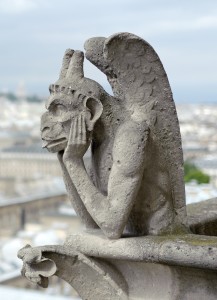The outbreak of the French Revolution’s Reign of Terror was cast on 17 September 1793 when the Law of Suspects was passed (it was a decree rather than a law). Up until then, the arrests, trials, and executions had been mere footnotes.
Committee of Public Safety
Now here is the ultimate oxymoron. This committee was first set up in April 1793 for the purpose of “protecting the newly established republic against foreign attacks and internal rebellion.” By July 1793, the committee was acting as the de facto French government and its citizen’s rights were about to become severely compromised.
The committee’s twelve members were given broad powers over military, judicial, and legislative issues. Maximilien Robespierre (1758–1794) and his radical right hand man, Louis Saint-Just (1767–1794), were appointed to the committee in July 1793 following the elimination of the moderate Girondins. Read More The Law of Suspects


